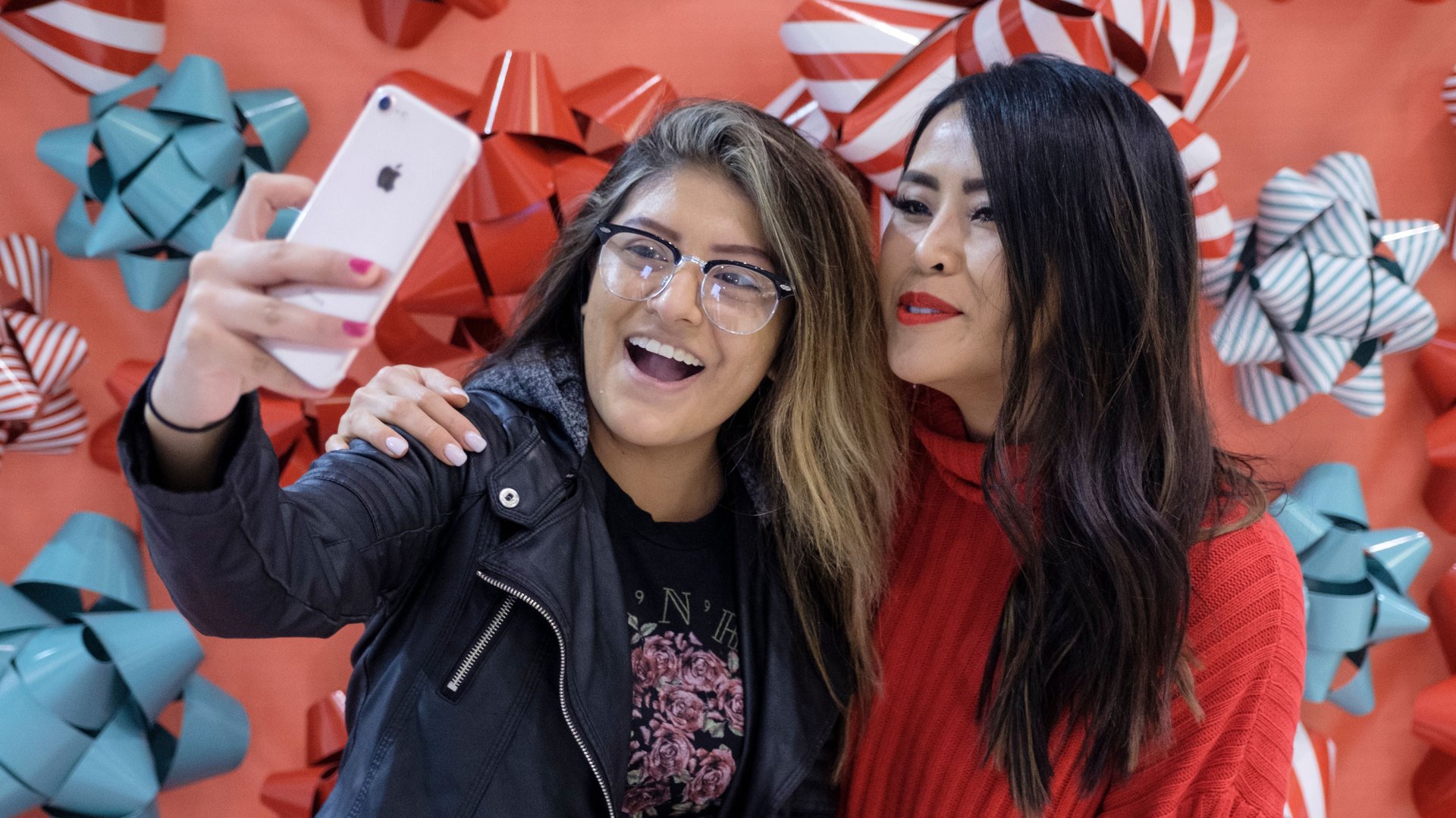What an Instagram influencer won’t tell you about reality
Instagram influencers have the power to make or break cultural trends, and brands are aware.


Instagram influencers have the power to make or break cultural trends, and brands are aware.
Companies pay influencers with up to 1 million followers close to $10,000 per post, according to an interview with one influencer agency. They pay influencers with more than 1 million followers about $100,000 per post. On top of this cash, top influencers also enjoy free designer clothes, products, and stays at the best hotels across the world, all provided by brands hoping to pop up in their feeds.
From the outside, it all looks quite glamorous. But in reality, “influencing” is a business, and a competitive one. We spoke with influencers about the part of their jobs that they don’t always broadcast.
- Most influencing is just office work. It might seem like all influencers do is attend beautiful events and photograph different renditions of the avocado toast. But influencing is a business much like marketing, one based on strategic partnerships with brands and investors. Each photograph and post is planned in advance. There’s not as much spur-of-the-moment content as you may imagine. “I think the component most people don’t expect is the office work involved in being an influencer,” says Aaron Wester, who runs The Modern Otter, a life and style blog that has close to 50,000 followers on Instagram. Most of my time is spent emailing, writing, editing, invoicing, negotiating, and scheduling conference calls … It may appear influencers spend all of their time in glamorous situations, but we’re at a computer 90% of the time.”
- Self-motivation can be a struggle. Working for yourself as an influencer means that you only answer to yourself, which can be difficult at times. “I think one of the toughest parts of my job is being a one-woman show, because at the end of the day, everything falls on me,” says Austen Tosone, a beauty and fashion influencer based in NYC. “I look over contracts, keep track of deadlines, send invoices, and negotiate my own deals. I’m glad I’ve learned to do things I’m uncomfortable doing, but sometimes I do wish I had another team member to help out.”Caroline Calloway, a writer and influencer with more than 800,000 followers, says that being full-time freelance creative also involves juggling unpredictable schedules, and that stability can be hard to find. “As I grow older and try to figure out what environments give rise to my best creative work, it’s increasingly important for me to build a stable routine focused around mental health, physical health, and making my art,” she says.
- Mental health can be a problem. Studies have shown a correlation between social media usage and mental health risk factors. Drawing constant comparisons plus being disconnected from reality are bound to take their toll, and another study found that limiting social media use seemed to improve subjects’ well-being. But for your favorite influencers, being online all the time is linked to their livelihood. “I think one of the hardest parts of my job is feeling like you have to be ‘on’ all of the time, both physically and otherwise,” says Tosone. “My phone is attached to me 24/7. I’m never just sitting on the couch watching TV—I’m replying to DM’s on Instagram, checking emails, or brainstorming out-of-the-box ideas for my YouTube channel.”
- Balancing authenticity and brand projects can be difficult. If every influencer were creating identical content based only on who paid them, you wouldn’t rely on their expertise. Authenticity is just as important to an influencer’s brand as the partnerships and sponsorships. To be yourself while also pleasing the brands that pay you is not easy. “The very reason that I have a sphere of influence is that I share a lot of hard parts of my day-to-day,” says Calloway. The influencer most famously came into scrutiny for a series of creative workshops that were labeled as a ‘scam’ by her critics. “I look at my Instagram stories as an art form, and I inevitably work through all my toughest feelings in my art at some point. Mental illness, addiction, therapy, flowers—I talk about it all on my stories.”
- Being an influencer means letting people put you in a box. The word ‘influencer’ will usually invoke an eye roll or two. The running stereotype is that influencers don’t work hard. As with everything else in the world, the stereotype is often harsher on women than men. “A big misconception especially about influencer women is this misogynistic notion that we’re all bikini models,” says Calloway. She says that the writing she does for her Instagram account isn’t any different than the writing that she does for her upcoming book, though it’s often not given the same respect. “The media I work with change throughout the day,” she says, “but the craft I apply to captivating an audience and telling stories does not. “